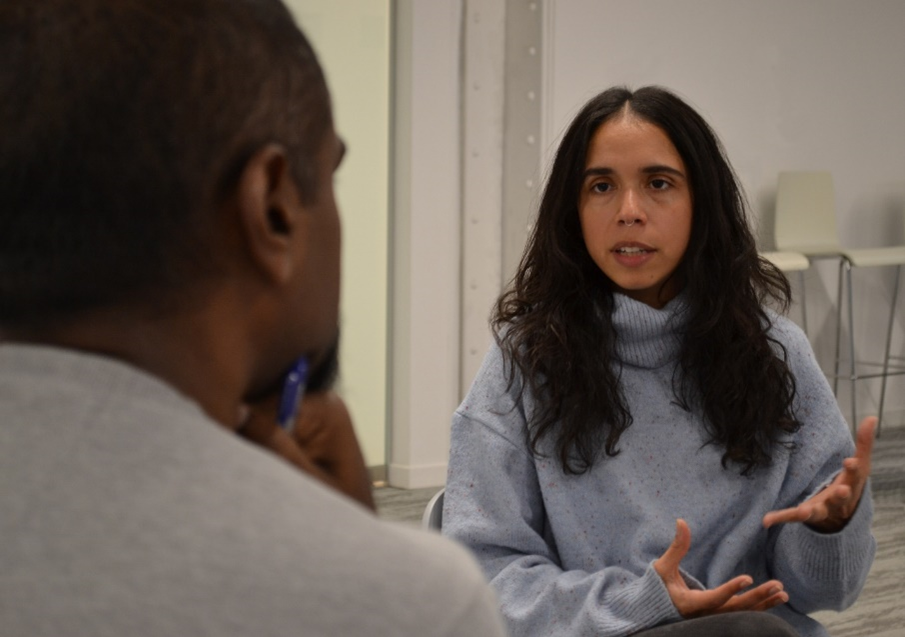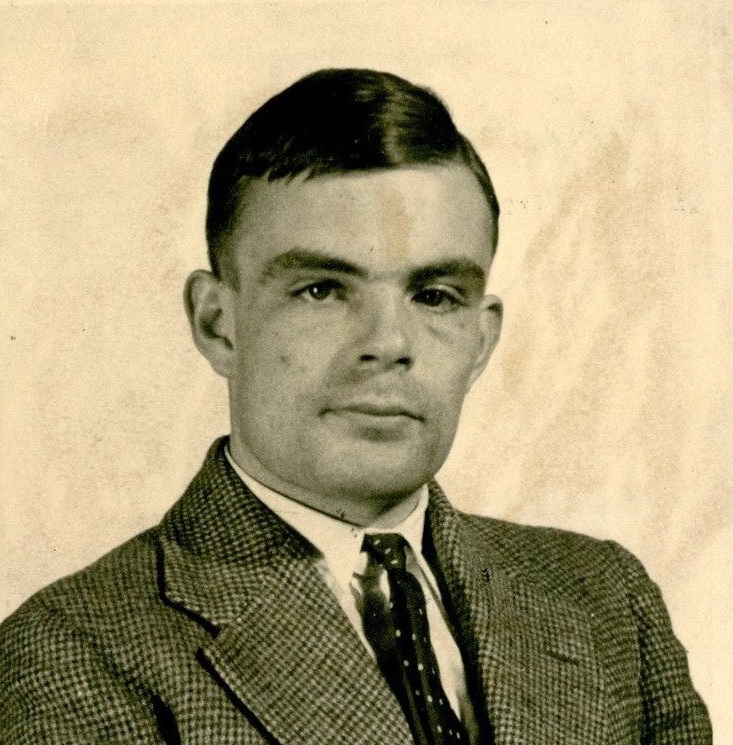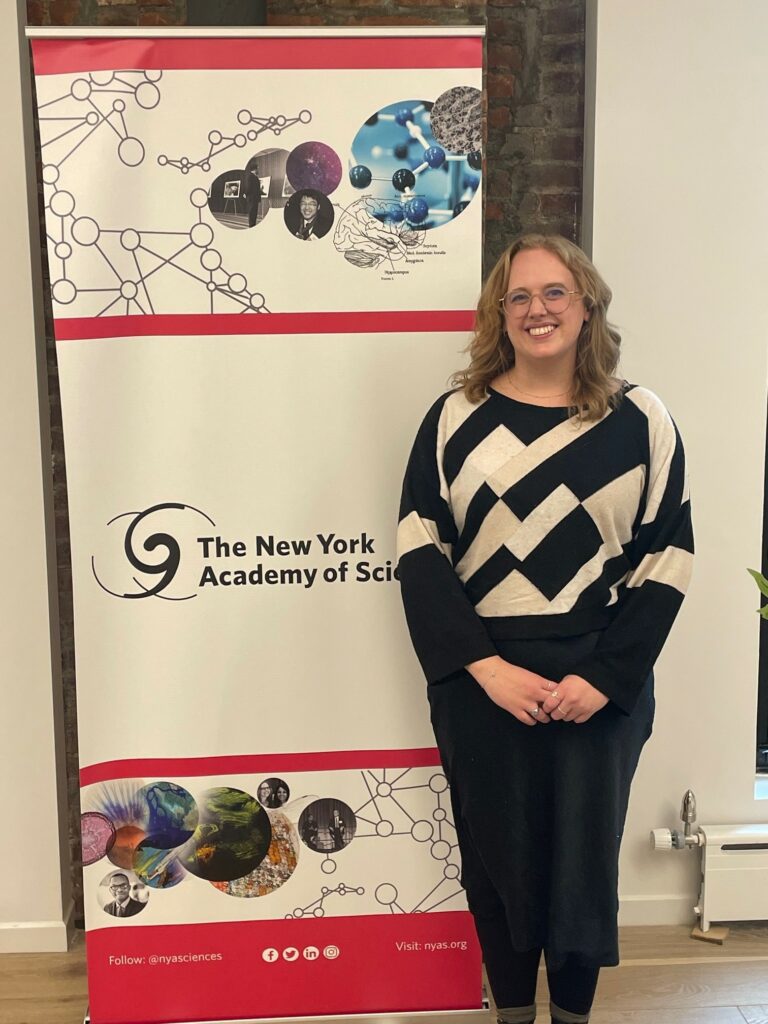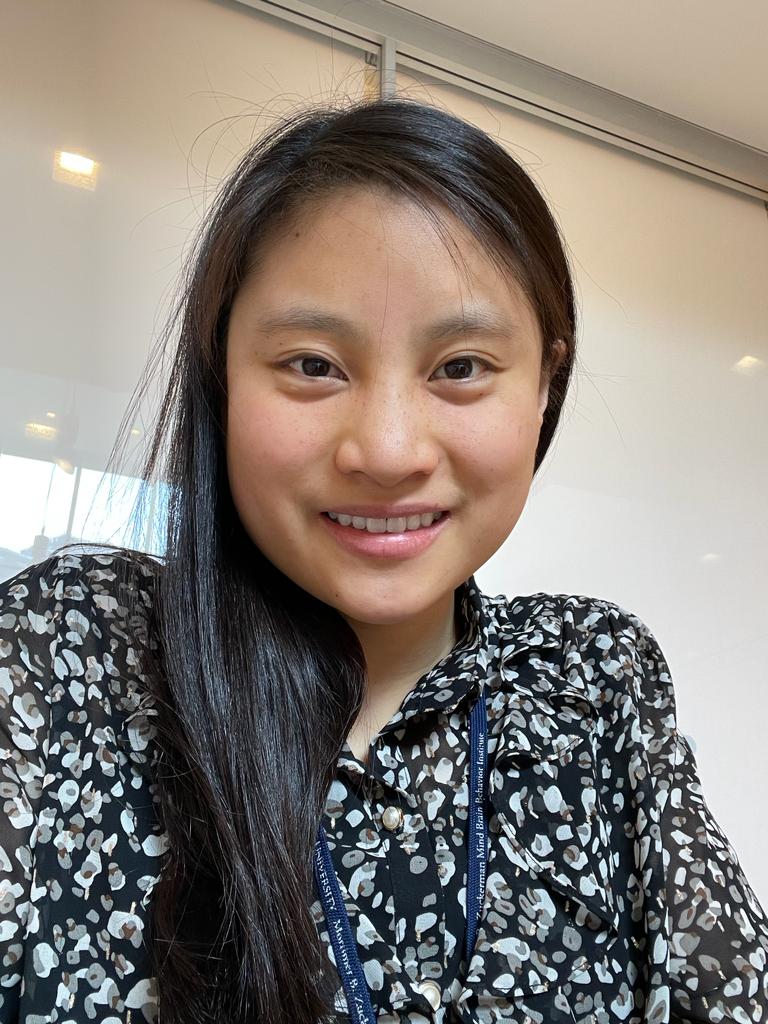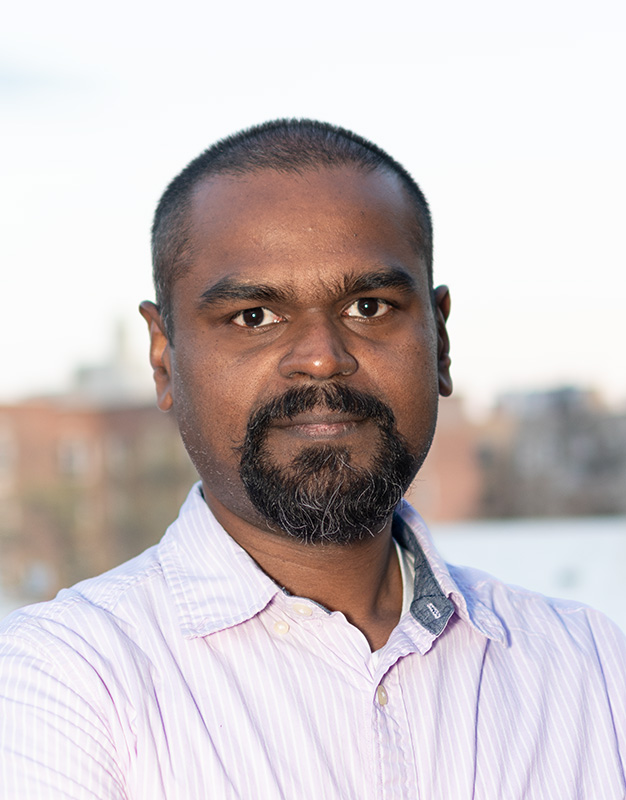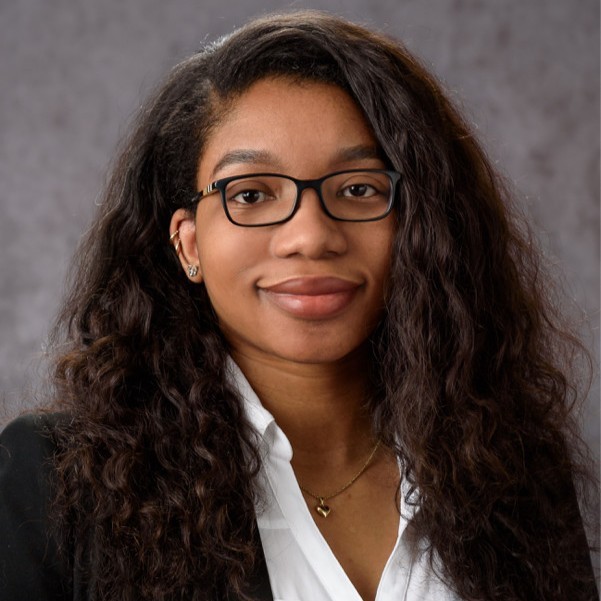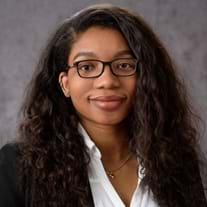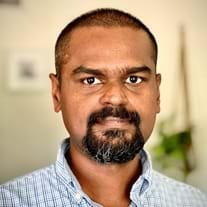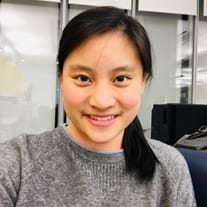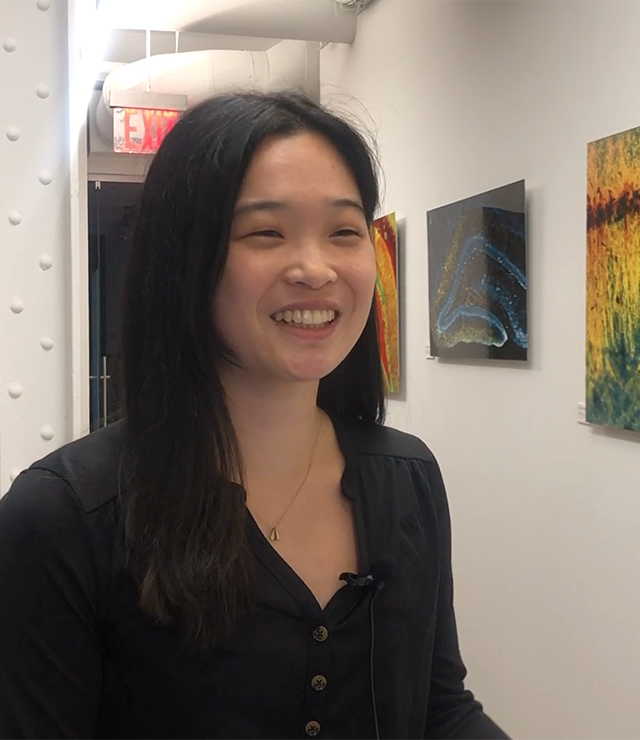[{"id":21921,"link":"https:\/\/www.nyas.org\/ideas-insights\/blog\/artificial-intelligence-and-animal-group-behavior\/","name":"artificial-intelligence-and-animal-group-behavior","thumbnail":{"url":"https:\/\/www.nyas.org\/wp-content\/uploads\/2024\/12\/2048px-Bay-breasted_warbler_in_Central_Park_43472-1024x742.jpg","alt":""},"title":"Artificial Intelligence and Animal Group Behavior","author":{"name":"The New York Academy of Sciences","link":"https:\/\/www.nyas.org\/author\/nickfetty\/"},"date":"Dec 23, 2024","dateGMT":"2024-12-23 19:10:59","modifiedDate":"2025-10-31 19:27:00","modifiedDateGMT":"2025-10-31 19:27:00","commentCount":"0","commentStatus":"closed","categories":{"coma":"<a href=\"https:\/\/www.nyas.org\/category\/ai\/\" rel=\"category tag\">Artificial Intelligence<\/a>, <a href=\"https:\/\/www.nyas.org\/category\/neuroscience\/\" rel=\"category tag\">Neuroscience<\/a>, <a href=\"https:\/\/www.nyas.org\/category\/nick-fetty\/\" rel=\"category tag\">Nick Fetty<\/a>","space":"<a href=\"https:\/\/www.nyas.org\/category\/ai\/\" rel=\"category tag\">Artificial Intelligence<\/a> <a href=\"https:\/\/www.nyas.org\/category\/neuroscience\/\" rel=\"category tag\">Neuroscience<\/a> <a href=\"https:\/\/www.nyas.org\/category\/nick-fetty\/\" rel=\"category tag\">Nick Fetty<\/a>"},"taxonomies":{"blog-highlight":"","blog-category":"<a href='https:\/\/www.nyas.org\/blog-category\/research-summaries\/' rel='blog-category'>Research Summaries<\/a>","feature":"<a href='https:\/\/www.nyas.org\/feature\/academy-fellow\/' rel='feature'>Academy Fellow<\/a>","program-category":"<a href='https:\/\/www.nyas.org\/program-category\/asu\/' rel='program-category'>ASU<\/a>","scientific-theme":"<a href='https:\/\/www.nyas.org\/scientific-theme\/science-in-society\/' rel='scientific-theme'>Science in Society<\/a>","speaker-name":""},"readTime":{"min":4,"sec":34},"status":"publish","excerpt":"Linking cognitive strategy, neural mechanisms, movement statistics, and artificial intelligence to better understand animal group behavior."},{"id":17979,"link":"https:\/\/www.nyas.org\/ideas-insights\/blog\/the-ethics-of-developing-voice-biometrics\/","name":"the-ethics-of-developing-voice-biometrics","thumbnail":{"url":"https:\/\/www.nyas.org\/wp-content\/uploads\/2024\/08\/JCBS.png","alt":"A writer conducts an interview with an AI researcher."},"title":"The Ethics of Developing Voice Biometrics","author":{"name":"The New York Academy of Sciences","link":"https:\/\/www.nyas.org\/author\/nickfetty\/"},"date":"Aug 29, 2024","dateGMT":"2024-08-29 13:33:26","modifiedDate":"2025-10-31 19:47:09","modifiedDateGMT":"2025-10-31 19:47:09","commentCount":"0","commentStatus":"closed","categories":{"coma":"<a href=\"https:\/\/www.nyas.org\/category\/ai\/\" rel=\"category tag\">Artificial Intelligence<\/a>","space":"<a href=\"https:\/\/www.nyas.org\/category\/ai\/\" rel=\"category tag\">Artificial Intelligence<\/a>"},"taxonomies":{"blog-highlight":"","blog-category":"<a href='https:\/\/www.nyas.org\/blog-category\/research-summaries\/' rel='blog-category'>Research Summaries<\/a>","feature":"<a href='https:\/\/www.nyas.org\/feature\/program-participant\/' rel='feature'>Program Participant<\/a>","program-category":"<a href='https:\/\/www.nyas.org\/program-category\/asu\/' rel='program-category'>ASU<\/a><a href='https:\/\/www.nyas.org\/program-category\/fellowships\/' rel='program-category'>Fellowships<\/a>","scientific-theme":"<a href='https:\/\/www.nyas.org\/scientific-theme\/science-in-society\/' rel='scientific-theme'>Science in Society<\/a><a href='https:\/\/www.nyas.org\/scientific-theme\/technology-innovation\/' rel='scientific-theme'>Technology & Innovation<\/a>","speaker-name":""},"readTime":{"min":6,"sec":41},"status":"publish","excerpt":"Ethical development of AI technologies like voice biometrics can ensure disenfranchised populations are not negatively impacted."},{"id":17744,"link":"https:\/\/www.nyas.org\/ideas-insights\/blog\/have-we-passed-the-turing-test-and-should-we-really-be-trying\/","name":"have-we-passed-the-turing-test-and-should-we-really-be-trying","thumbnail":{"url":"https:\/\/www.nyas.org\/wp-content\/uploads\/2024\/08\/Alan_Turing_1912-1954_in_1936_at_Princeton_University.jpg","alt":"A black and white headshot of computer scientist Alan Turing."},"title":"Have We Passed the Turing Test, and Should We Really be Trying?","author":{"name":"The New York Academy of Sciences","link":"https:\/\/www.nyas.org\/author\/nickfetty\/"},"date":"Aug 22, 2024","dateGMT":"2024-08-22 18:13:01","modifiedDate":"2025-10-31 19:47:03","modifiedDateGMT":"2025-10-31 19:47:03","commentCount":"0","commentStatus":"closed","categories":{"coma":"<a href=\"https:\/\/www.nyas.org\/category\/ai\/\" rel=\"category tag\">Artificial Intelligence<\/a>","space":"<a href=\"https:\/\/www.nyas.org\/category\/ai\/\" rel=\"category tag\">Artificial Intelligence<\/a>"},"taxonomies":{"blog-highlight":"<a href='https:\/\/www.nyas.org\/blog-highlight\/top-read\/' rel='blog-highlight'>Top Read<\/a>","blog-category":"<a href='https:\/\/www.nyas.org\/blog-category\/thought-leadership\/' rel='blog-category'>Thought Leadership<\/a>","feature":"<a href='https:\/\/www.nyas.org\/feature\/academy-fellow\/' rel='feature'>Academy Fellow<\/a>","program-category":"<a href='https:\/\/www.nyas.org\/program-category\/asu\/' rel='program-category'>ASU<\/a><a href='https:\/\/www.nyas.org\/program-category\/fellowships\/' rel='program-category'>Fellowships<\/a>","scientific-theme":"<a href='https:\/\/www.nyas.org\/scientific-theme\/technology-innovation\/' rel='scientific-theme'>Technology & Innovation<\/a>","speaker-name":""},"readTime":{"min":4,"sec":11},"status":"publish","excerpt":"The 70th anniversary of Alan Turing\u2019s death invites us to ponder these and other questions."},{"id":17413,"link":"https:\/\/www.nyas.org\/ideas-insights\/blog\/a-more-scientific-approach-to-artificial-intelligence-and-machine-learning\/","name":"a-more-scientific-approach-to-artificial-intelligence-and-machine-learning","thumbnail":{"url":"https:\/\/www.nyas.org\/wp-content\/uploads\/2024\/08\/Savannah-Thais-768x1024.jpg","alt":"A researcher poses next to a vertical banner with the text \"The New York Academy of Sciences.\""},"title":"A More Scientific Approach to Artificial Intelligence and Machine Learning","author":{"name":"The New York Academy of Sciences","link":"https:\/\/www.nyas.org\/author\/nickfetty\/"},"date":"Aug 13, 2024","dateGMT":"2024-08-13 15:48:11","modifiedDate":"2025-10-31 19:49:21","modifiedDateGMT":"2025-10-31 19:49:21","commentCount":"0","commentStatus":"closed","categories":{"coma":"<a href=\"https:\/\/www.nyas.org\/category\/ai\/\" rel=\"category tag\">Artificial Intelligence<\/a>","space":"<a href=\"https:\/\/www.nyas.org\/category\/ai\/\" rel=\"category tag\">Artificial Intelligence<\/a>"},"taxonomies":{"blog-highlight":"","blog-category":"<a href='https:\/\/www.nyas.org\/blog-category\/research-summaries\/' rel='blog-category'>Research Summaries<\/a>","feature":"<a href='https:\/\/www.nyas.org\/feature\/program-participant\/' rel='feature'>Program Participant<\/a>","program-category":"<a href='https:\/\/www.nyas.org\/program-category\/asu\/' rel='program-category'>ASU<\/a>","scientific-theme":"<a href='https:\/\/www.nyas.org\/scientific-theme\/technology-innovation\/' rel='scientific-theme'>Technology & Innovation<\/a>","speaker-name":""},"readTime":{"min":5,"sec":1},"status":"publish","excerpt":"Taking a more scientific perspective, while remaining ethical, can improve public trust of these emerging technologies."},{"id":15761,"link":"https:\/\/www.nyas.org\/ideas-insights\/blog\/using-ai-and-neuroscience-to-improve-mental-health\/","name":"using-ai-and-neuroscience-to-improve-mental-health","thumbnail":{"url":"https:\/\/www.nyas.org\/wp-content\/uploads\/2024\/05\/marjorie-xie-FULL.jpeg","alt":"A headshot of a woman smiling for the camera."},"title":"Using AI and Neuroscience to Transform Mental Health","author":{"name":"The New York Academy of Sciences","link":"https:\/\/www.nyas.org\/author\/nickfetty\/"},"date":"May 8, 2024","dateGMT":"2024-05-08 17:13:57","modifiedDate":"2025-10-31 19:53:35","modifiedDateGMT":"2025-10-31 19:53:35","commentCount":"0","commentStatus":"closed","categories":{"coma":"<a href=\"https:\/\/www.nyas.org\/category\/ai\/\" rel=\"category tag\">Artificial Intelligence<\/a>, <a href=\"https:\/\/www.nyas.org\/category\/neuroscience\/\" rel=\"category tag\">Neuroscience<\/a>, <a href=\"https:\/\/www.nyas.org\/category\/nick-fetty\/\" rel=\"category tag\">Nick Fetty<\/a>","space":"<a href=\"https:\/\/www.nyas.org\/category\/ai\/\" rel=\"category tag\">Artificial Intelligence<\/a> <a href=\"https:\/\/www.nyas.org\/category\/neuroscience\/\" rel=\"category tag\">Neuroscience<\/a> <a href=\"https:\/\/www.nyas.org\/category\/nick-fetty\/\" rel=\"category tag\">Nick Fetty<\/a>"},"taxonomies":{"blog-highlight":"","blog-category":"<a href='https:\/\/www.nyas.org\/blog-category\/profile\/' rel='blog-category'>Profile<\/a>","feature":"<a href='https:\/\/www.nyas.org\/feature\/academy-fellow\/' rel='feature'>Academy Fellow<\/a>","program-category":"<a href='https:\/\/www.nyas.org\/program-category\/asu\/' rel='program-category'>ASU<\/a><a href='https:\/\/www.nyas.org\/program-category\/fellowships\/' rel='program-category'>Fellowships<\/a>","scientific-theme":"<a href='https:\/\/www.nyas.org\/scientific-theme\/health-disease\/' rel='scientific-theme'>Health & Disease<\/a>","speaker-name":""},"readTime":{"min":7,"sec":58},"status":"publish","excerpt":"Developing AI systems to facilitate the treatment of mental health conditions and improve access to care. \u00a0"},{"id":15355,"link":"https:\/\/www.nyas.org\/ideas-insights\/blog\/from-new-delhi-to-new-york\/","name":"from-new-delhi-to-new-york","thumbnail":{"url":"https:\/\/www.nyas.org\/wp-content\/uploads\/2024\/04\/Nitin-Verma.jpg","alt":"A headshot of a man."},"title":"From New Delhi to New York","author":{"name":"The New York Academy of Sciences","link":"https:\/\/www.nyas.org\/author\/nickfetty\/"},"date":"Apr 23, 2024","dateGMT":"2024-04-23 14:00:39","modifiedDate":"2025-10-31 19:58:09","modifiedDateGMT":"2025-10-31 19:58:09","commentCount":"0","commentStatus":"closed","categories":{"coma":"<a href=\"https:\/\/www.nyas.org\/category\/ai\/\" rel=\"category tag\">Artificial Intelligence<\/a>, <a href=\"https:\/\/www.nyas.org\/category\/nick-fetty\/\" rel=\"category tag\">Nick Fetty<\/a>","space":"<a href=\"https:\/\/www.nyas.org\/category\/ai\/\" rel=\"category tag\">Artificial Intelligence<\/a> <a href=\"https:\/\/www.nyas.org\/category\/nick-fetty\/\" rel=\"category tag\">Nick Fetty<\/a>"},"taxonomies":{"blog-highlight":"","blog-category":"","feature":"<a href='https:\/\/www.nyas.org\/feature\/program-participant\/' rel='feature'>Program Participant<\/a>","program-category":"<a href='https:\/\/www.nyas.org\/program-category\/asu\/' rel='program-category'>ASU<\/a>","scientific-theme":"<a href='https:\/\/www.nyas.org\/scientific-theme\/technology-innovation\/' rel='scientific-theme'>Technology & Innovation<\/a>","speaker-name":""},"readTime":{"min":4,"sec":58},"status":"publish","excerpt":"Nitin Verma, an AI and Society Fellow, is taking a closer look at deepfakes and their impact."},{"id":15296,"link":"https:\/\/www.nyas.org\/ideas-insights\/blog\/applying-human-computer-interaction-to-brain-injuries\/","name":"applying-human-computer-interaction-to-brain-injuries","thumbnail":{"url":"https:\/\/www.nyas.org\/wp-content\/uploads\/2024\/04\/Headshot.jpeg","alt":"A woman smiles for the camera."},"title":"Applying Human Computer Interaction to Brain Injuries","author":{"name":"The New York Academy of Sciences","link":"https:\/\/www.nyas.org\/author\/nickfetty\/"},"date":"Apr 19, 2024","dateGMT":"2024-04-19 14:43:51","modifiedDate":"2025-10-31 19:57:59","modifiedDateGMT":"2025-10-31 19:57:59","commentCount":"0","commentStatus":"closed","categories":{"coma":"<a href=\"https:\/\/www.nyas.org\/category\/ai\/\" rel=\"category tag\">Artificial Intelligence<\/a>, <a href=\"https:\/\/www.nyas.org\/category\/nick-fetty\/\" rel=\"category tag\">Nick Fetty<\/a>","space":"<a href=\"https:\/\/www.nyas.org\/category\/ai\/\" rel=\"category tag\">Artificial Intelligence<\/a> <a href=\"https:\/\/www.nyas.org\/category\/nick-fetty\/\" rel=\"category tag\">Nick Fetty<\/a>"},"taxonomies":{"blog-highlight":"","blog-category":"<a href='https:\/\/www.nyas.org\/blog-category\/profile\/' rel='blog-category'>Profile<\/a>","feature":"<a href='https:\/\/www.nyas.org\/feature\/academy-fellow\/' rel='feature'>Academy Fellow<\/a>","program-category":"<a href='https:\/\/www.nyas.org\/program-category\/asu\/' rel='program-category'>ASU<\/a><a href='https:\/\/www.nyas.org\/program-category\/fellowships\/' rel='program-category'>Fellowships<\/a>","scientific-theme":"<a href='https:\/\/www.nyas.org\/scientific-theme\/technology-innovation\/' rel='scientific-theme'>Technology & Innovation<\/a>","speaker-name":""},"readTime":{"min":4,"sec":57},"status":"publish","excerpt":"Akuadasuo Ezenyilimba brings a unique perspective to her research."},{"id":2967,"link":"https:\/\/www.nyas.org\/ideas-insights\/blog\/considering-the-societal-and-ethical-implications-in-the-development-of-ai\/","name":"considering-the-societal-and-ethical-implications-in-the-development-of-ai","thumbnail":{"url":"https:\/\/www.nyas.org\/wp-content\/uploads\/2023\/11\/Considering-the-societal-and-ethical-implications-in-the-development-of-AI.png","alt":"An AI researcher poses for the camera."},"title":"Ethical Implications in the Development of AI","author":{"name":"The New York Academy of Sciences","link":"https:\/\/www.nyas.org\/author\/nickfetty\/"},"date":"Nov 21, 2023","dateGMT":"2023-11-21 15:16:51","modifiedDate":"2025-11-04 19:54:50","modifiedDateGMT":"2025-11-04 19:54:50","commentCount":"0","commentStatus":"closed","categories":{"coma":"<a href=\"https:\/\/www.nyas.org\/category\/ai\/\" rel=\"category tag\">Artificial Intelligence<\/a>, <a href=\"https:\/\/www.nyas.org\/category\/nick-fetty\/\" rel=\"category tag\">Nick Fetty<\/a>","space":"<a href=\"https:\/\/www.nyas.org\/category\/ai\/\" rel=\"category tag\">Artificial Intelligence<\/a> <a href=\"https:\/\/www.nyas.org\/category\/nick-fetty\/\" rel=\"category tag\">Nick Fetty<\/a>"},"taxonomies":{"blog-highlight":"","blog-category":"<a href='https:\/\/www.nyas.org\/blog-category\/research-summaries\/' rel='blog-category'>Research Summaries<\/a>","feature":"<a href='https:\/\/www.nyas.org\/feature\/n-a\/' rel='feature'>N\/A<\/a>","program-category":"<a href='https:\/\/www.nyas.org\/program-category\/asu\/' rel='program-category'>ASU<\/a><a href='https:\/\/www.nyas.org\/program-category\/fellowships\/' rel='program-category'>Fellowships<\/a>","scientific-theme":"<a href='https:\/\/www.nyas.org\/scientific-theme\/technology-innovation\/' rel='scientific-theme'>Technology & Innovation<\/a>","speaker-name":""},"readTime":{"min":2,"sec":36},"status":"publish","excerpt":"Betty Li Hou\u2019s research examines the ethical impacts that AI systems have on societies."}]


